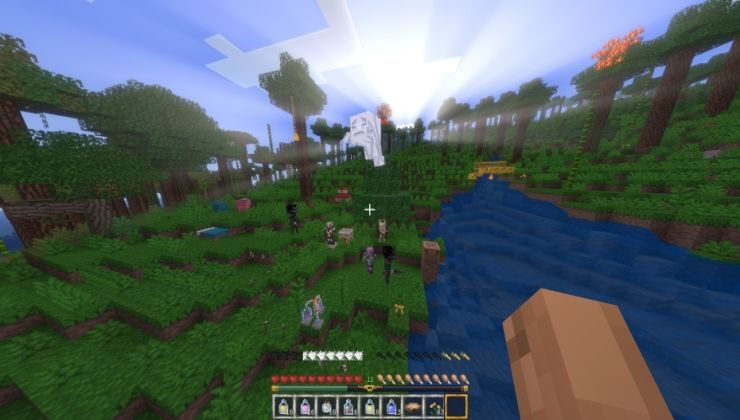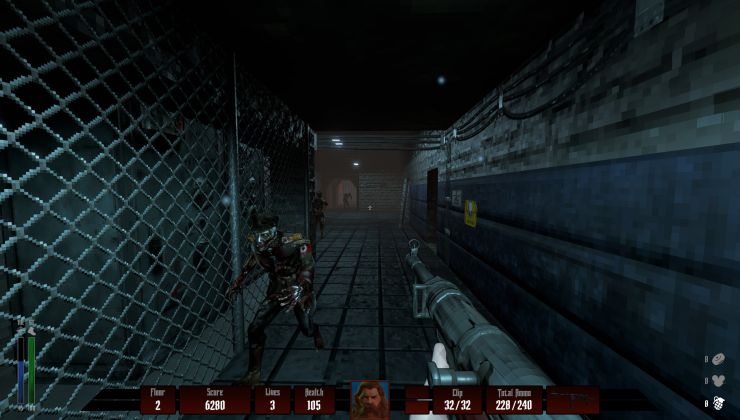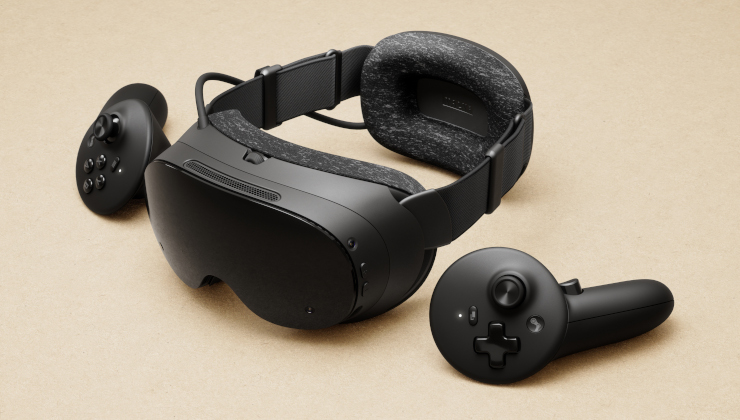VibranceGUI, a program on Windows that adjusts the colouring of your games as it's sent to your screen is quite popular and there's a similar project available for Linux. Now it's also not just for NVIDIA.
On Linux, the main project just named 'Vibrant Linux' is open source under the MIT license and available on GitHub. However, it currently only supports NVIDIA. That should hopefully not be the case for much longer, as there's now a fork with vibrantLinux AMD which as the name suggests also implements it for AMD hardware. This new fork should work with: Radeon RX 5700 XT, Radeon RX 5600 XT, Radeon VII, Radeon RX Vega 56, Radeon RX 580, Radeon RX 470, Radeon R9 270 and possibly more GPUs.
The developer does state clearly they plan to upstream the changes to the main project, "once this was tested on more hardware and polished".
We do often miss out extra tools like this on Linux, but gradually we're seeing more appear as more people switch to Linux for some gaming. Just like how MangoHUD appeared, which gives us a real sweet game overlay and benchmarking abilities that recently added OpenGL support in addition to Vulkan.
I don't really get why you would extra tool for that as nvidia-settings also provides those features. But having for both vendors in the same place is a good thing ofc.
True, but on the other hand this is open source, the UI looks way better and it has more of a chance to eventually have features the nvidia settings does not have, like saving multiple colour profiles per application and maybe different ways to adjust tones. And yeah, as you said, multiple vendor support. Intel too in future maybe?
I guess you don't miss what you don't know about, but I don't see the point of this. Is it for helping people with colour-blindness?
It exists for much the same reason you have an equalizer for tweaking sound.
It exists for much the same reason you have an equalizer for tweaking sound.To make it sound / look objectively worse? ;-)
I guess you don't miss what you don't know about, but I don't see the point of this. Is it for helping people with colour-blindness?
When googling for images, it seems the one major use case is seeing enemies earlier in CS:GO. :D
It exists for much the same reason you have an equalizer for tweaking sound.To make it sound / look objectively worse? ;-)
Nothing objective about whether one thinks something looks better or worse, but sure if you want to you can make it look as terrible as you choose.
Last edited by rustybroomhandle on 29 Apr 2020 at 1:48 pm UTC
It's even more diverse with audio since there's way more variety in speaker setups.
Actually let me get this out here. When someone makes visuals or sound, they usually test on a wide range of output equipment. But in reality if you put yours side by side with theirs, yours probably does not look the same. Truth is, no matter how much you calibrate, the results across multiple devices will never be exactly the same. So there's no canonical "correct" colour curve. Adjusting colour balance is perfectly fine.Chill, it was a joke. Nothing wrong with adjustig your rig however you like. Though Nvidias digital vibrance only pull colours from center of the spektrum further to the outside without expanding the spektrum itself, as far as i am aware, so you technically lose colour variety - kind of like how compression works in sound design.
It's even more diverse with audio since there's way more variety in speaker setups.
I don't really get why you would extra tool for that as nvidia-settings also provides those features. But having for both vendors in the same place is a good thing ofc.
This tool can change the saturation based on the running application. Meaning it can automatically enable / disable some high saturation mode when your game starts/stops. Of course this can be replicated with wrapper scripts or with Feral's GameMode's script hooks, but this is more user friendly for people coming from Windows, as it provides the same functionality as the Windows equivalent.
Also more user friendly for people who have been using Linux for donkey's years but somehow never got around to learning how to write scripts. Some of us are artsies, dammit!I don't really get why you would extra tool for that as nvidia-settings also provides those features. But having for both vendors in the same place is a good thing ofc.
This tool can change the saturation based on the running application. Meaning it can automatically enable / disable some high saturation mode when your game starts/stops. Of course this can be replicated with wrapper scripts or with Feral's GameMode's script hooks, but this is more user friendly for people coming from Windows, as it provides the same functionality as the Windows equivalent.









 How to setup OpenMW for modern Morrowind on Linux / SteamOS and Steam Deck
How to setup OpenMW for modern Morrowind on Linux / SteamOS and Steam Deck How to install Hollow Knight: Silksong mods on Linux, SteamOS and Steam Deck
How to install Hollow Knight: Silksong mods on Linux, SteamOS and Steam Deck